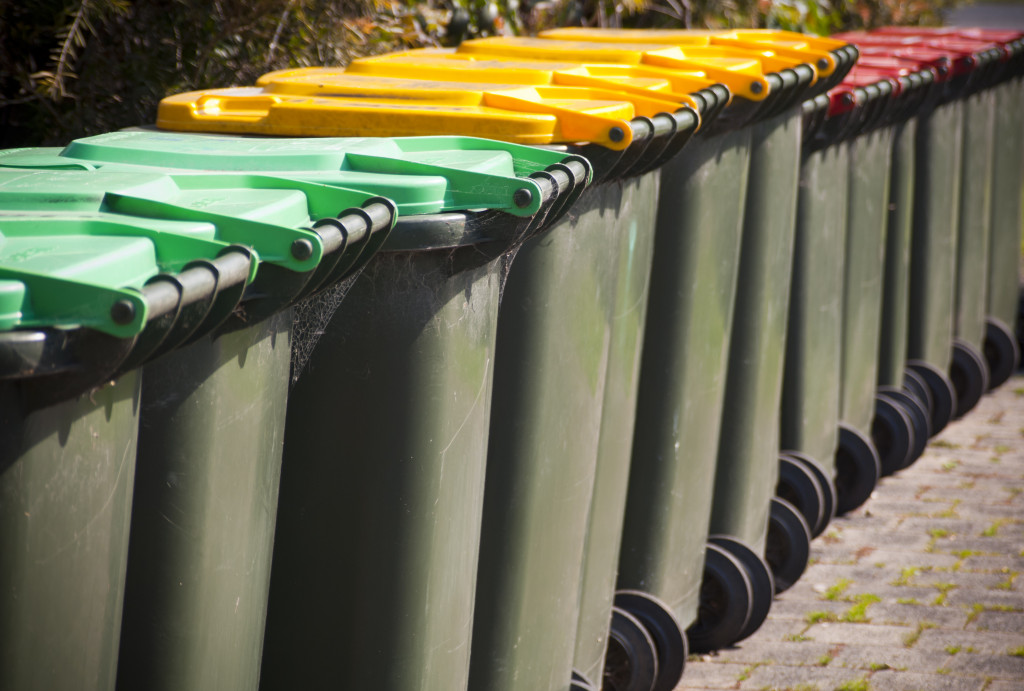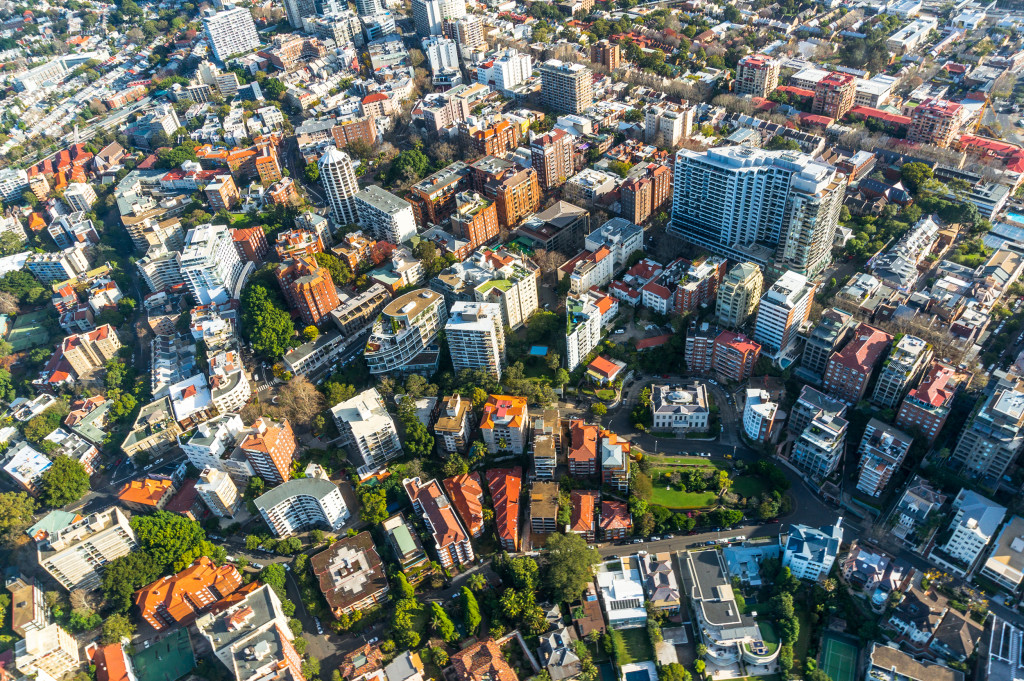- Conduct an assessment of the site to determine the best way to execute the project.
- Prioritize the use of locally accessible resources, implement a construction stormwater pollution prevention plan to reduce runoff, and have a waste management plan for proper disposal.
- Emphasize community participation to encourage ownership, accountability, and responsibility.
- Form a sustainability committee to ensure the project meets its goals and objectives.
- Plan for long-term maintenance & financial sustainability of the project.
As a community development enthusiast, it is crucial to ensure that the projects carried out in your area are sustainable. The aim is to ensure these projects keep improving on the quality and benefits they bring to the community long after they have been completed. Sustainable projects are those that meet the current needs of the community without compromising the ability of future generations to access their own needs. Below are some practical steps to take to ensure that community projects in your area are done sustainably.
Conduct an Assessment of the Site:
Before embarking on a project, conduct a thorough assessment of the location. This involves studying the area and evaluating the social, environmental, and economic factors. This will enable you to determine whether the project is needed or not and the best way to execute it. Here are some things to look for:
Use of Appropriate Technologies and Materials
The use of appropriate technologies and materials is fundamental to sustainability. Sustainable projects should prioritize the use of locally accessible resources, eco-friendly materials, and technologies on site. For instance, using renewable energy sources like solar power can reduce the carbon footprint of a project. Furthermore, using local labor and materials can boost the economy while ensuring environmental conservation.
Stormwater Pollution Prevention Plan
Ensure that a comprehensive construction stormwater pollution prevention plan is implemented to reduce runoff. This includes collecting debris, preventing erosion, and using natural resources wisely. Additionally, the goal should consist of measures to protect water sources from contamination by chemical pollutants and hazardous substances.
Waste Management Practices
It is vital to have in place a waste management plan for the project. This involves proper disposal of any hazardous materials or those that may contaminate water sources. Furthermore, recycling should be encouraged, and composting implemented where appropriate.

Emphasize Community Participation:
Community participation is crucial in ensuring project sustainability. Communities need to play an active role in the planning, implementation, and maintenance phases of projects. This, in turn, encourages ownership, accountability, and responsibility. The need for collaboration cannot be underestimated, as an inclusive and transparent process invites different perspectives and feedback. Here are some ideas for encouraging this:
Hold Regular Community Meetings:
Organizing regular town hall meetings helps ensure that community members are informed and have a chance to voice their opinions on the project. The sessions should focus on discussing how people in the community can contribute to the success of the project and any potential challenges they may encounter.
Provide Opportunities for Collaboration:
Community development projects require the input of different stakeholders. Therefore, creating an environment that encourages collaboration and dialogue between people from various backgrounds is essential for success. This can be done by providing opportunities for problem-solving and facilitating conversations among different individuals involved in the project.
Form a Sustainability Committee:
Having a sustainability committee in place ensures that the project meets its goals and objectives while keeping the environment safe and healthy. This committee should include members from local government, businesses, non-profits, and other community organizations. It is important to note that this committee also needs adequate resources to carry out its functions effectively.

Plan for Long-term Maintenance & Financial Sustainability:
Project sustainability extends beyond implementation. The projects should be designed to function optimally in the long term, which requires careful planning for maintenance.
When executing a project, there should be clear frameworks for operation, maintenance, and replacement. The community should be empowered with the necessary skills, tools, and resources to manage the project independently. In addition, there should be enough funding raised for the project in the long term, which involves ensuring the project generates a continuous revenue stream.
Monitoring and evaluation are also critical to sustainable development. It ensures progress is tracked, mistakes are identified, and lessons are learned. Regular project evaluation helps to identify where improvements can be made and how to adapt the project if necessary to meet the community’s changing needs.
Community projects are an essential part of any community. By carrying out these projects in a sustainable manner, the benefits they bring continue for years to come. With proper assessment, community participation, appropriate technology and materials, long-term maintenance and financial sustainability, and regular monitoring and evaluation, the community is better placed to ensure the sustainability of their projects. These outcomes are only possible with the collective efforts of all stakeholders involved.

